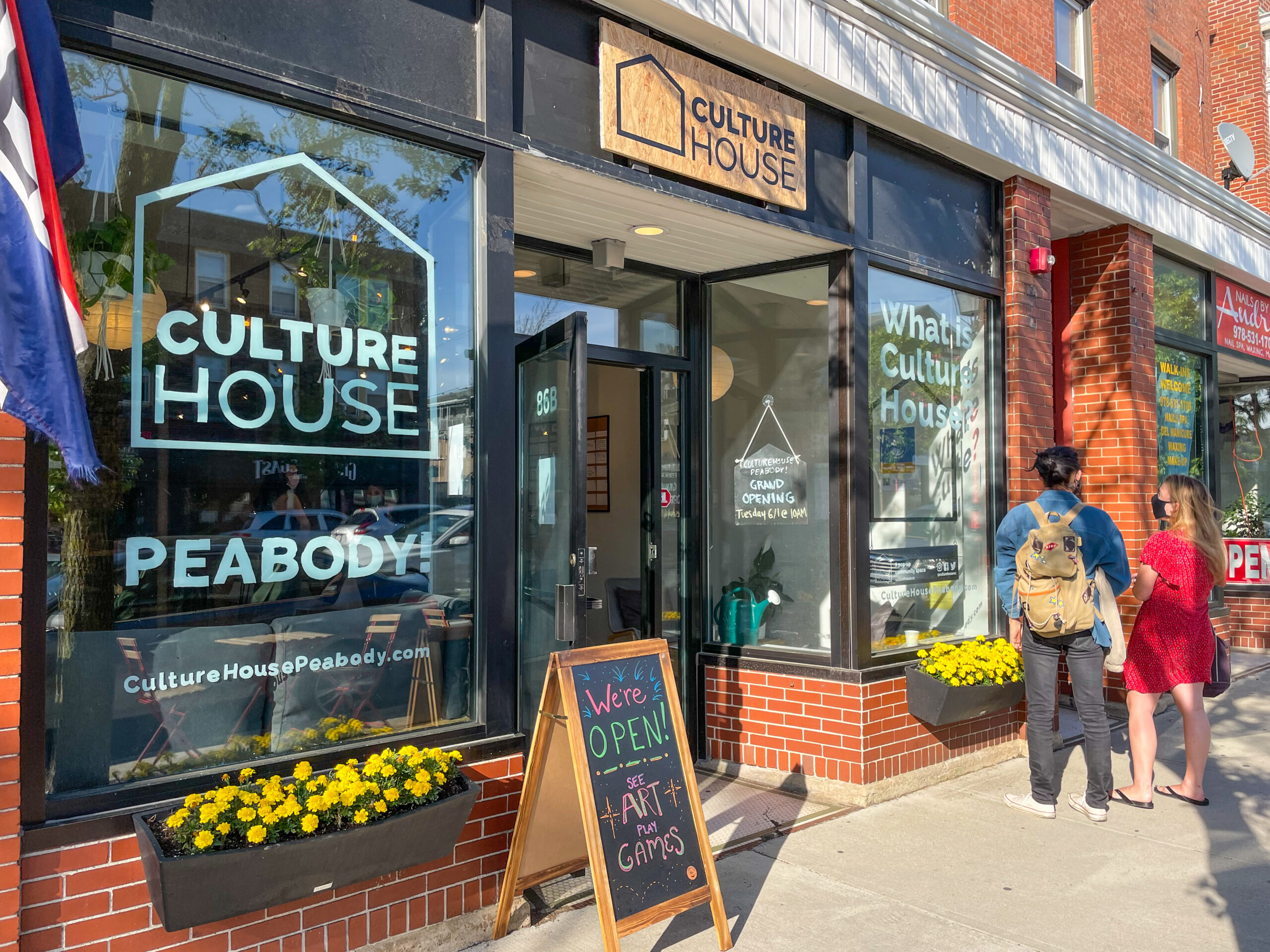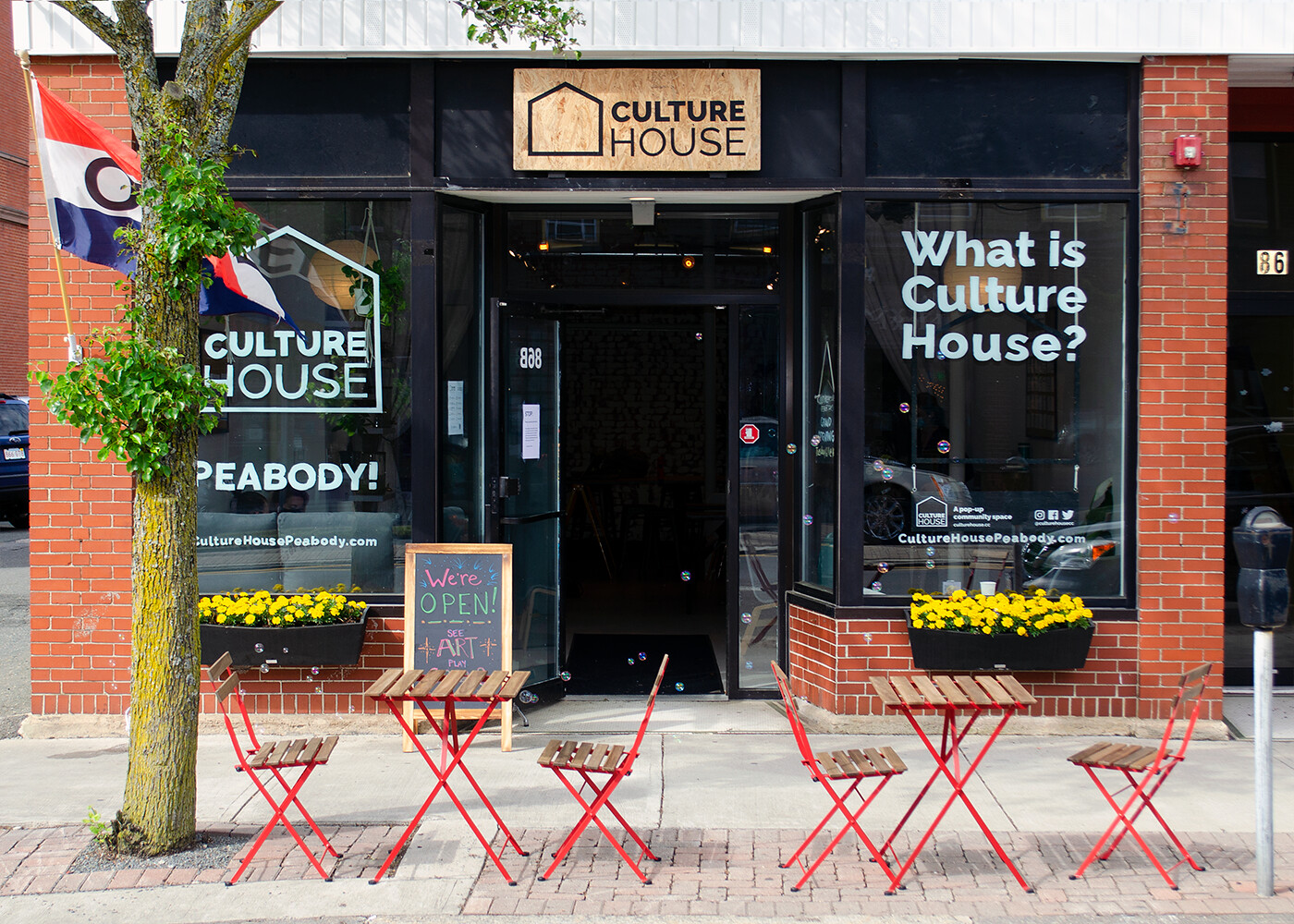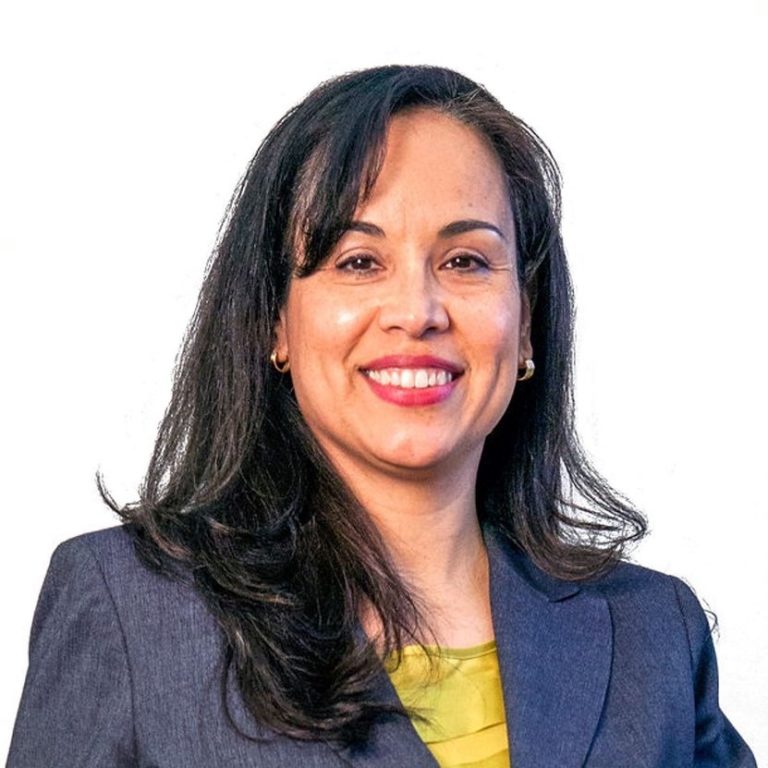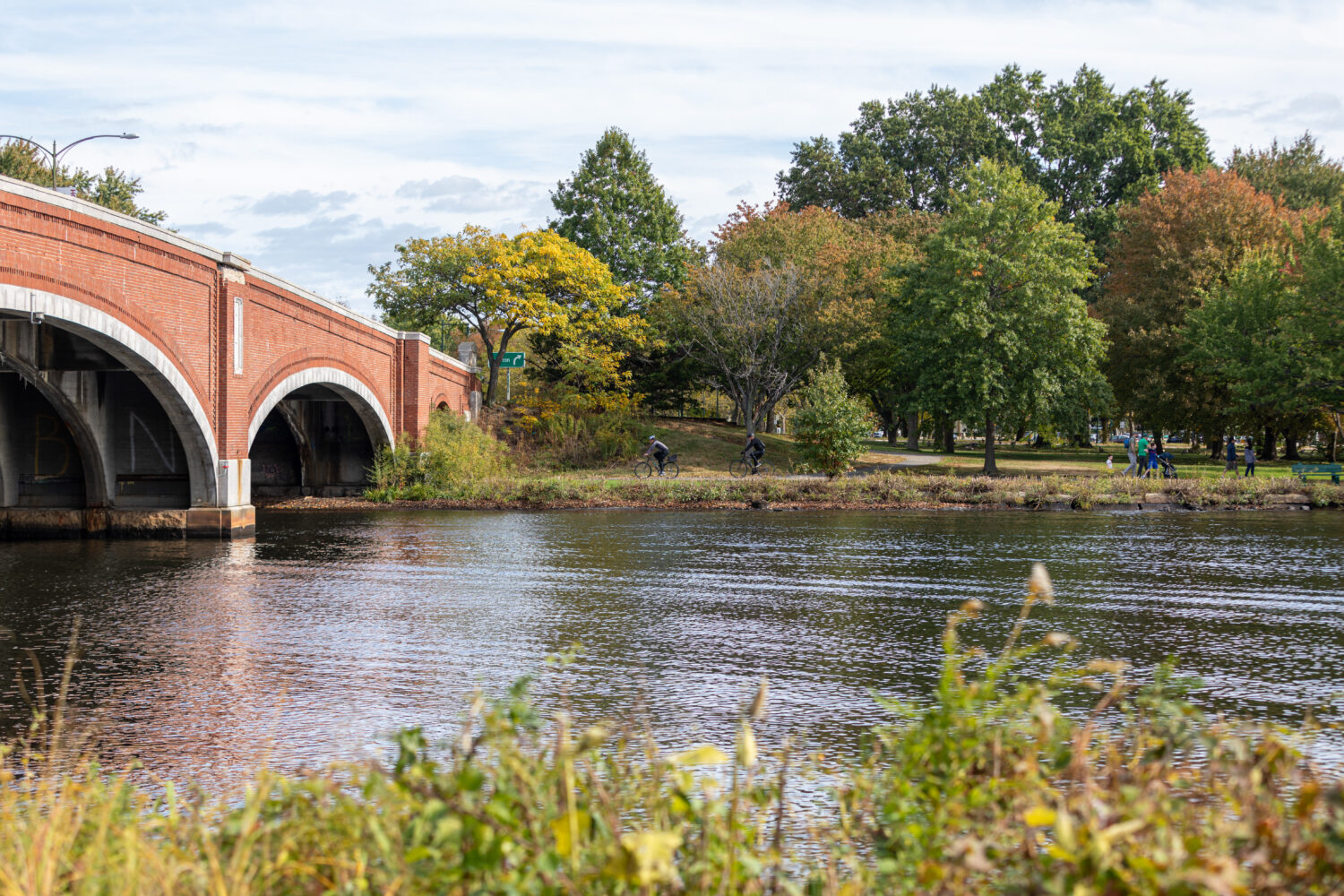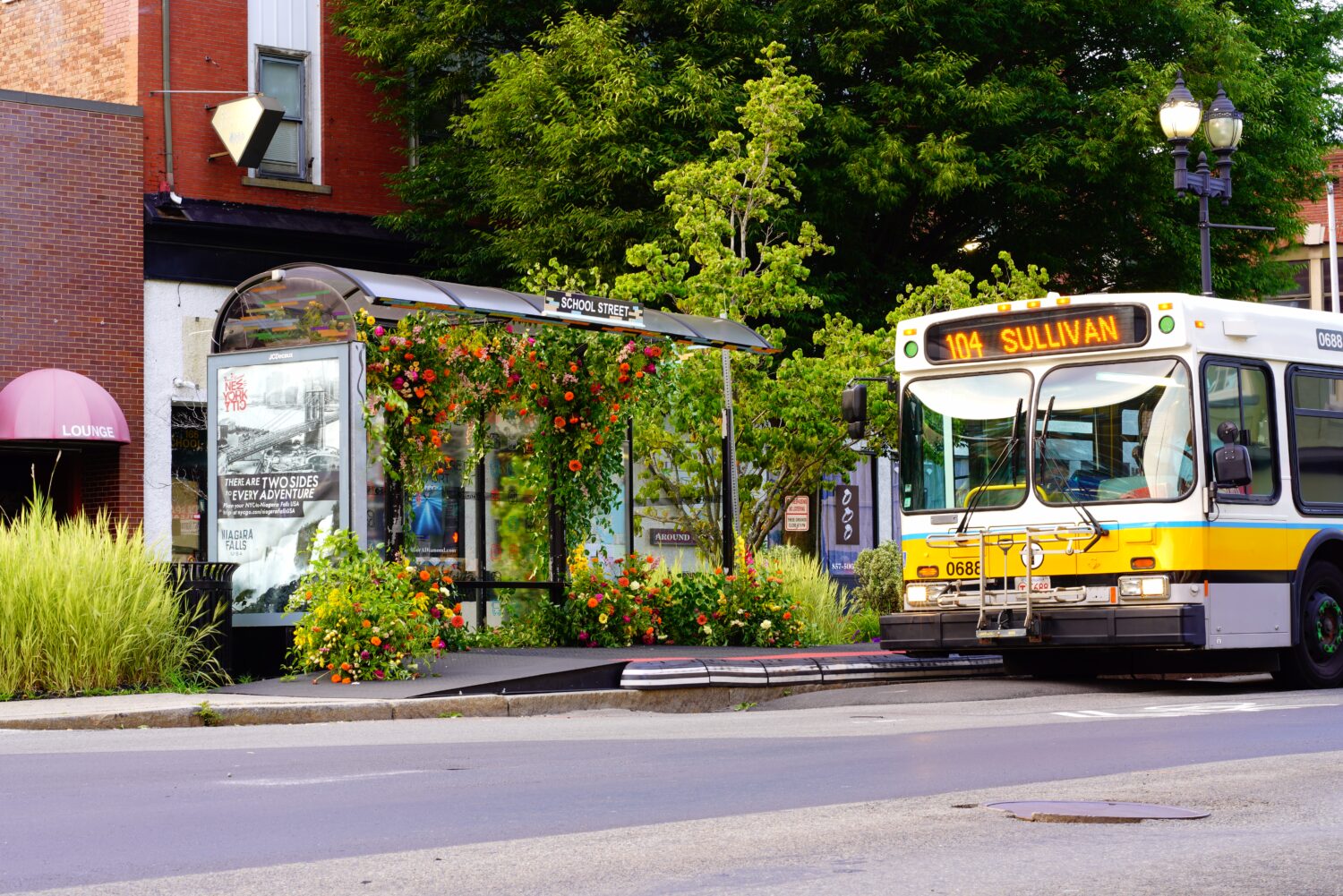In his book Palaces for the People, sociologist Eric Klinenberg demonstrates a correlation between death rates in the 1995 Chicago heat wave and peoples’ access to social infrastructure. Social infrastructure—which Klinenberg defines as “the physical places and organizations that shape the way people interact”—includes places like libraries, community centers, cafés, parks, and barbershops. In areas with less access to these places, he found that decreased social connection led to increased mortality (even when accounting race and socioeconomic status) because neighborhoods lacked the deep networks, relationships, and infrastructure necessary to ensure survival.
This finding is more pertinent amid the increased natural disasters, social isolation, and global challenges we face today. The COVID-19 pandemic has taken away many of these spaces when we need them the most—leaving communities lacking in vibrancy and without places to gather. These issues are front and center in downtown Peabody, a suburb north of Boston on Massachusetts’ North Shore.
Creating social infrastructure in Peabody
For years, Peabody—a gateway city of 50,000 originally built on the leather industry—has been missing something. While the downtown has the base conditions to be a vibrant neighborhood, it lacks the social infrastructure necessary for community members to come to and stay in the area. When the pandemic hit, what social infrastructure existed—such as the library, black box theater, and Breaking Grounds coffee shop—quickly closed and remained dormant for months. As restrictions started to lift, the desire to gather and rekindle community connections was palpable—but there was no place to do it.
Luckily, a project that had been in the works for years was ready to meet the challenge. It started in 2017 when co-collaborator and Peabody resident Emily Cooper, reached out to CultureHouse—a nonprofit organization that works with communities to improve livability, equity, and resiliency by transforming unused spaces into vibrant social infrastructure. Emily knew that Peabody had the potential to have a lively, equitable, and livable downtown—it just needed a spark. CultureHouse and Emily teamed up to create CultureHouse Peabody: a pop-up community space that uplifted untapped voices by working with BIPOC partners, provided a space for creatives and neighbors to reconnect, and set off a positive feedback loop of vibrancy downtown.
After gathering an advisory group of local activists and stakeholders, collecting observational data and conducting surveys with community members, and running a crowdfunding campaign to fund the project, we opened CultureHouse Peabody for a month-long demonstration on June 1st, 2021. The space, hosted in a donated storefront downtown, was set up with a stage for performances, work tables, lounge seating, cheerful lighting, stacks of games, and local art covering the walls. Outside, a bubble machine (yes, you read that right) made passersby stop and turn their heads in intrigue.
Social infrastructure drives community impact
Over the 33 days CultureHouse Peabody was open, it came alive with gatherings, live music, in-depth discussions, and new ideas. We observed four major impacts the pop-up had on the Peabody community—it provided a hub for businesses and entrepreneurs, supported artists, empowered teens, and improved downtown vibrancy.
A hub for businesses and entrepreneurs: Through our weekly small business markets, we provided budding entrepreneurs with a space to sell their products without the high upfront costs of a brick-and-mortar store. We also saw owners of existing downtown businesses come into CultureHouse Peabody and discover strategies for incorporating social infrastructure into their services. By providing the foundation, CultureHouse created a blueprint for the business community in Peabody to grow and strengthen—in turn creating long-term vibrancy downtown.
Supporting artists: One of the professions most affected by the pandemic was the creative industry. Even after the economy started to reopen, opportunities to earn income were few and far between. At CultureHouse Peabody, we supported over 50 artists to run workshops, hang shows, and play live music. For many of them, it was the first time in over a year they had been able to share their work publicly, and even longer since they’d been paid for their talents. It was also a rare opportunity for creatives to share work within their community—only 20% of the partners we worked with had experienced similar opportunities in Peabody in the past. The result was clear: Peabody is ready to be a hub for arts and culture, all the community needs is a space.
Empowering teens: During our community engagement, we consistently heard that there were few spaces in Peabody where teens could hang out. To address this, we hosted artwork from the local high school, brought in a group of teens to lead a skillshare night, and created a space where youth could just… be. We heard from teens that participated in the programs that CultureHouse Peabody gave them a sense of connecting and belonging with their community.
Downtown vibrancy: Lastly, we saw an incredible impact on downtown vibrancy and connectivity with CultureHouse Peabody. There was undeniable energy emanating from the pop-up, leading to 83% of visitors reporting they met someone or made a connection there. With consistent programming, thoughtful design, and intentional partnerships, the space gave community members a glimpse into what Peabody could be with more social infrastructure. In fact, we saw a 60% increase in positive perceptions of downtown when we were open. “It was surreal to have this kind of flexible, creative community space on Main Street and a reason to linger. It was amazing to feel, just for a moment, what it could be like to spend more time on the downtown strip—that it could be a cool hangout in the future.” —Pop-up survey response
These impacts did not come without challenges. Being open for such a short amount of time, we initially had difficulty getting the word out about the project and had a few events with low or no attendance. Even though the percentage of BIPOC visitors to the space was 3 times the representation in the majority-white non-hispanic city as a whole, we also ran into challenges reaching all the racial and ethnic demographics in the city. The small BIPOC representation in existing city leadership roles and our lack of multilingual staff limited our ability to welcome all identities in the population. Lastly, we frequently encountered misconceptions around what was possible downtown, with many residents viewing it as a place you don’t spend time in—a phenomenon made worse by the pandemic.
Though the pop-up was temporary, we hope its impact will be long-lasting. We collected all the lessons we learned during the project into an impact report which is freely available to the public. Beyond the report, we’ve already seen changes in Peabody inspired by the pop-up. One business started hosting open mic nights after seeing the success we had with ours. They are also in the process of forming a new nonprofit to open and operate a public space downtown with many of the offerings we had at CultureHouse Peabody.
A new kind of public space
Though this project was geared towards Massachusetts’ North Shore, the implications go far beyond. In his article. “Want to Survive Climate Change? You’ll Need a Good Community,” Klinenberg adds to his findings in Chicago, showing how social infrastructure is increasingly important to create community connections as natural disasters increase with climate change. He notes that “when the floods come or the heatwave settles, neighbors are the true first responders. We must nurture those social ties.” Our answer is CultureHouse.
CultureHouse Peabody is the fourth community we’ve worked with to open a community pop-up. Past spaces have created connections between housed and unhoused people, boosted pedestrian traffic by eight-fold, and increased representation of women and Black, Indigenous, and people of color in the area. We believe that it’s time to create a whole new category of public space that meets the specific needs and wants of the people—all while centering the voices that are not being heard. We envision a future of vibrant, equitable, and resilient communities tied together by social infrastructure.
This article originally appeared in Brookings’ Placemaking Postcards blog series.
CultureHouse is supported by Barr’s Climate Program
Walkable, welcoming, and interesting places are critical ingredients to supporting low-carbon ways of getting around. CultureHouse’s pop up spaces provide street-level activity and foster community connections. By creating opportunities for people to strengthen their social networks, these local spaces can be used to address larger-scale challenges, specifically the need to build more resilient communities to respond to climate change, public health issues, and social inequality.
